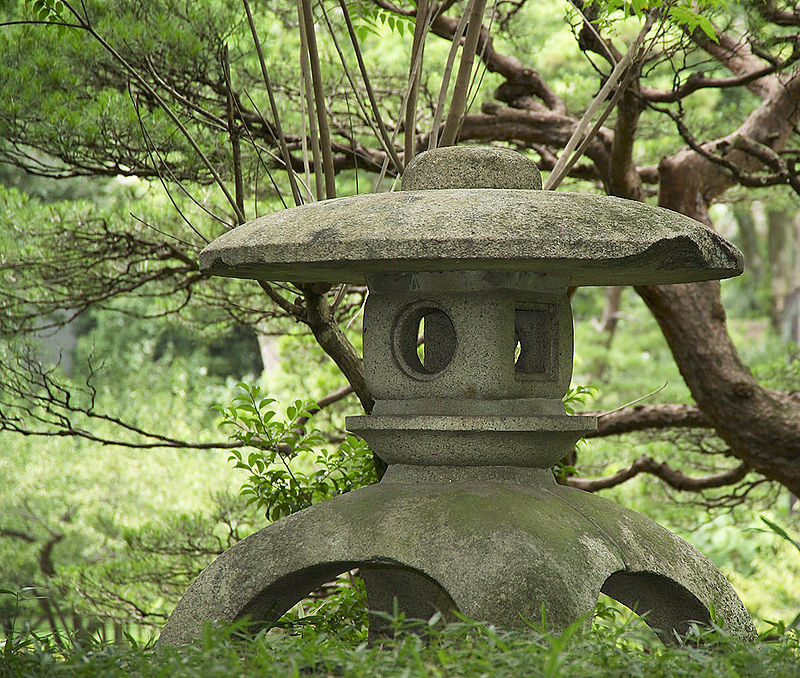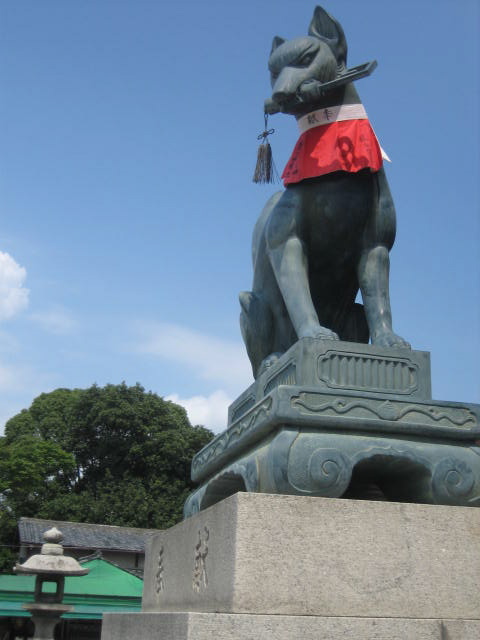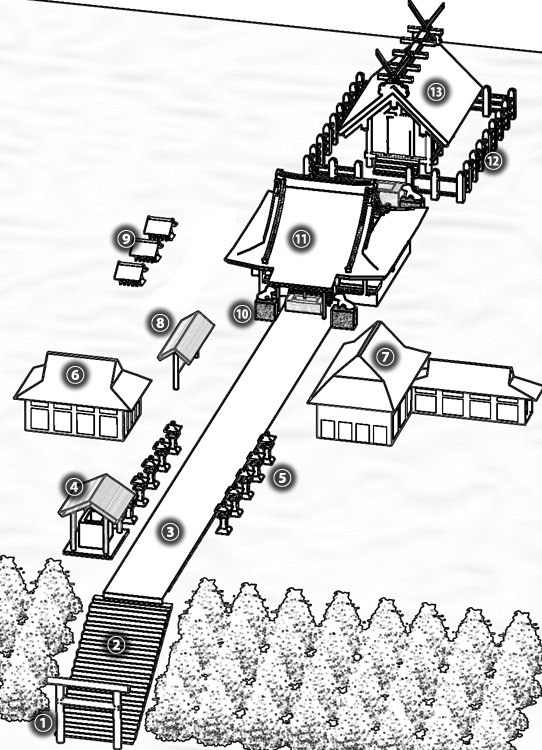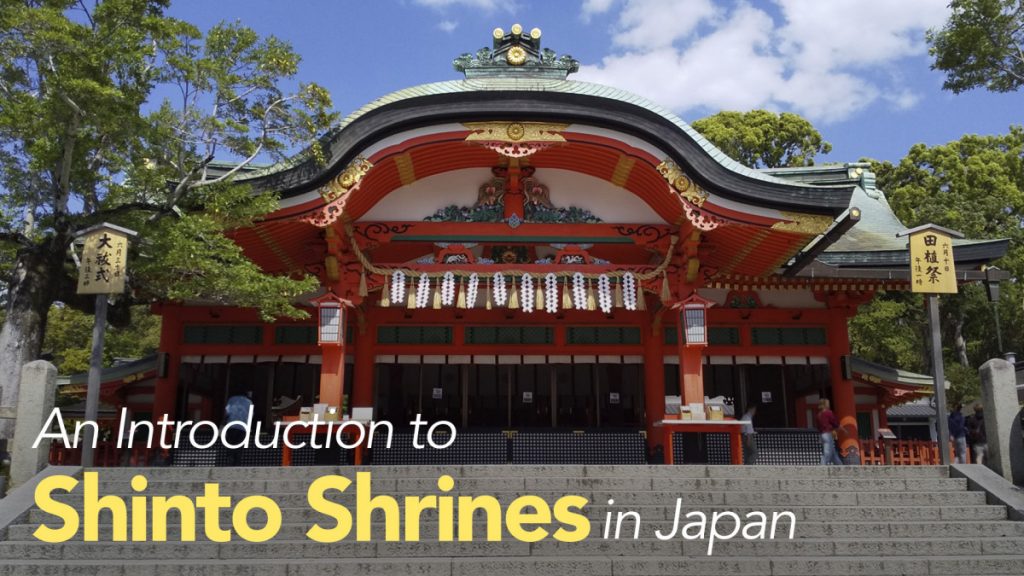It is very common for both local and foreign travellers to visit a shrine in Japan as a tourist spot. But do you know what actually a shrine is and what is the purpose of visiting it besides sight-seeing?
What is a “Shrine”?
The Japanese shrines are Shinto shrine, which you may be also familiar with the Japanese name Jinja (神社). It literally means the place of the gods. Some people may be confused by “shrine” (神社) and “temple” (お寺). There are some easy ways to distinguish between “shrine” and “temple” by looking at some of the unique characteristics of the shrine.
1. Religion
Japanese shrines are Shinto shrines, while temple are Buddhist Temple.
2. Structure
Before you enter the shrine, you can clearly see a “door” called “torii” (鳥居) in front of it.

Then you may see others washing their hands near the entrance. The place is called “chouzuya” or “temizuya” (手水舎).

There are usually some stone lanterns on both sides of the roads towards the main building.

You will see some small wooden boards called “ema” (絵馬) hanging up near the shrine. Visitors usually write their wishes on the “ema” to pray to the god.

There are statue pairs called “komainu” (狛犬) guarding the shrine as well. They are often called lion-dogs in English. The appearance of “komainu” varies among different shrines. For example, you can see a pair of foxes statue guarding the Inari Shrine.


The typical structure of shinto shrine in general is shown below.

3. Types
There are approximately 80,000 shrines all over Japan. But this number counted only shrines with resident priests, the actual numbers could be much greater. The major shrines network you can find in Japan are Inari shrines (稲荷神社), Hachiman shrines (八幡神社), Jingu (神宮) and Tenmangu (天満宮). They all have different meanings.
Inari shrines: Safe and smooth
Hachiman shrines: Good academic results and improvements
Jingu: Successful delivery (of baby), elimination of bad luck, victory and safe and long life
Tenmangu: Prosperity and fruitful harvest
4. Miko (巫女)
“Miko” (巫女) is the unique shrine maidens or supplementary priestess in Shinto shrines. They wear traditional white and red clothing called “hakama” (袴) while working in shrines. They are trained to perform different tasks and dance in the ceremonies.
6月18日、摂社御田神社御田植祭を斎行し豊作を祈りました
早乙女による田舞が古式ゆかしく奏されました#熱田神宮 #お田植え祭 #田植え #早乙女 #巫女 #豊作 pic.twitter.com/jnzSM9Z9Yp— 熱田神宮(公式)/AtsutaJingu (@atsuta_jingu) June 18, 2020

